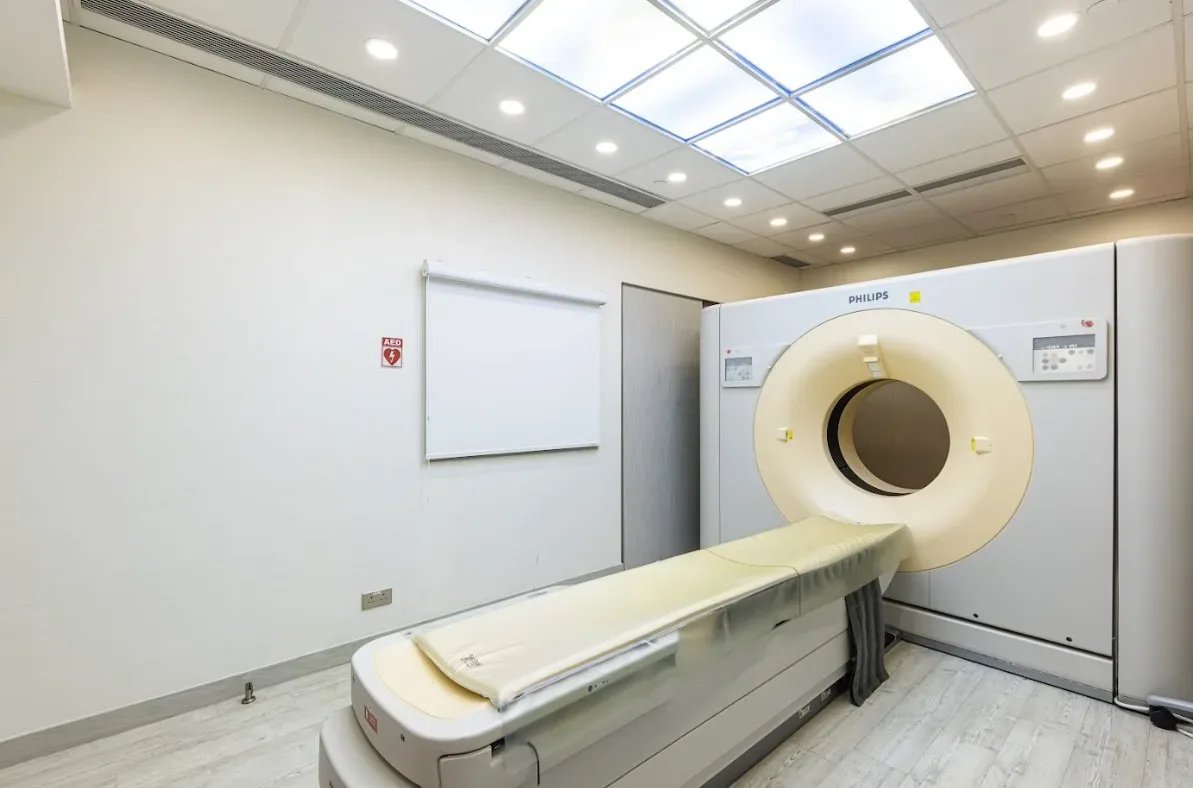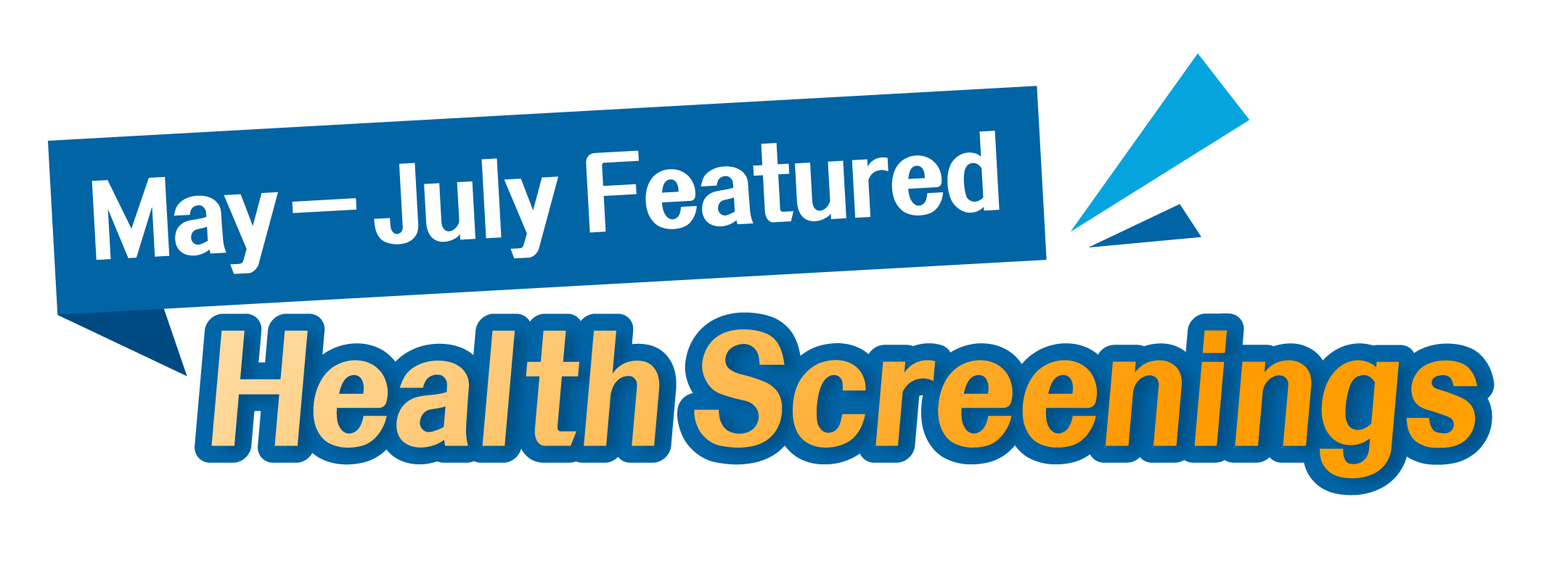- Home
- The benefits of CT scans: early detection, accurate diagnosis, and more
The benefits of CT scans: early detection, accurate diagnosis, and more

The Benefits CT Scan: What You Need to Know
CT scans / CT Scan are a powerful diagnostic tool used by healthcare professionals to obtain detailed images of the body’s internal structures. They are commonly used to diagnose and monitor a wide range of medical conditions, from head injuries and neurological disorders to bone fractures and spinal conditions. But while CT scans CT Scan have many benefits, they also carry risks that patients should be aware of.
H2: The Benefits of CT Scans
CT scans offer many benefits for healthcare professionals and patients alike. Here are some of the most significant advantages of this diagnostic tool:
Accurate Diagnosis: CT scan can provide detailed images of the body’s internal structures, making it easier for healthcare professionals to diagnose medical conditions accurately. This can lead to faster treatment and better patient outcomes.
Early Detection: CT scans can detect medical conditions at an early stage, allowing healthcare professionals to intervene before the condition worsens. This can be particularly important for conditions such as cancer, where early detection can improve the chances of successful treatment.
Non-Invasive: Unlike some other diagnostic tools, such as exploratory surgery, CT scans are non-invasive, meaning that they do not require incisions or general anesthesia. This can reduce the risk of infection and other complications and result in a shorter recovery time for the patient.
Versatile: CT scans can be used to diagnose and monitor a wide range of medical conditions, from head injuries and neurological disorders to bone fractures and spinal conditions. This makes them a valuable tool for healthcare professionals in many different fields.
Who Needs a CT Scan?
The decision to perform a CT scan is made on a case-by-case basis by a healthcare professional, taking into account the individual’s medical history, symptoms, and other factors. CT scans are commonly used to diagnose and monitor a wide range of medical conditions, including:
Head injuries and neurological disorders such as strokes and brain tumors
Abdominal and pelvic conditions, such as kidney stones, liver disease, and cancer
Chest conditions, such as pneumonia, lung cancer, and pulmonary embolism
Bone injuries, such as fractures and joint disorders
Spinal conditions, such as herniated discs and spinal stenosis
In addition, CT scans may be used to guide interventional procedures, such as biopsies and surgeries.
It is important to note that CT scans involve exposure to ionizing radiation, which can be harmful in large amounts. Therefore, healthcare professionals will assess the risks and benefits of a CT scan before recommending it to a patient. They may also consider alternative imaging tests, such as ultrasound or MRI, depending on the individual’s specific needs and circumstances.
How to Prepare for a CT Scan
If you are scheduled for a CT scan, there are several things you can do to prepare for the procedure and reduce the risks involved:
Provide Accurate Medical History: Be sure to inform your healthcare provider of any medical conditions you have, medications you are taking, and allergies you have. This will help them determine the appropriate amount of radiation to use and whether a contrast dye is necessary.
Follow Pre-Procedure Instructions: Your healthcare provider may give you specific instructions to follow before your CT scan, such as fasting for a certain amount of time or drinking a special contrast agent. Be sure to follow these instructions carefully to ensure accurate results and reduce the risk of complications.
Wear Loose, Comfortable Clothing: You will be asked to remove any metal objects, such as jewelry or eyeglasses, before your CT scan. Therefore, it is best to wear loose, comfortable clothing that is easy to remove.
Stay Calm and Still: During the CT scan, it is important to stay calm and still to ensure accurate results. Your healthcare provider may provide you with headphones and music to help you relax during the procedure.
Follow Post-Procedure Instructions: After your CT scan, your healthcare provider will give you specific instructions to follow, such as drinking plenty of fluids or avoiding strenuous activity. Be sure to follow these instructions carefully to reduce the risk of complications.
Conclusion
CT scans are a powerful diagnostic tool that can provide valuable information about the body’s internal structures. They offer many benefits, including accurate diagnosis, early detection, and non-invasive testing. However, they also carry risks that patients should be aware of. If you are scheduled for a CT scan, it is important to follow your healthcare provider’s instructions carefully and inform them of any medical conditions or allergies you have. By doing so, you can reduce the risks involved and ensure accurate results.

